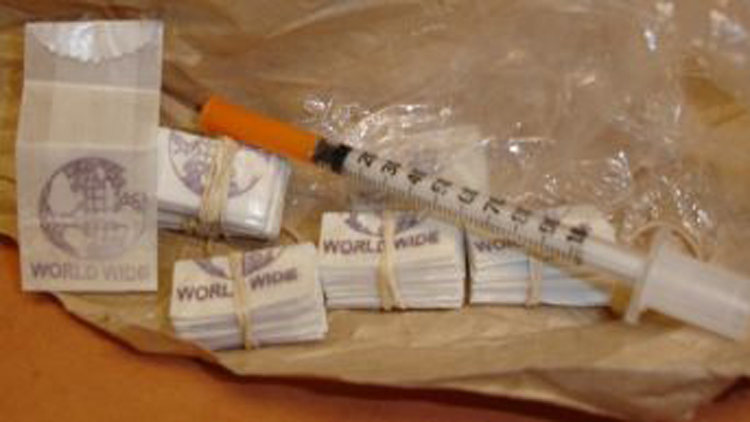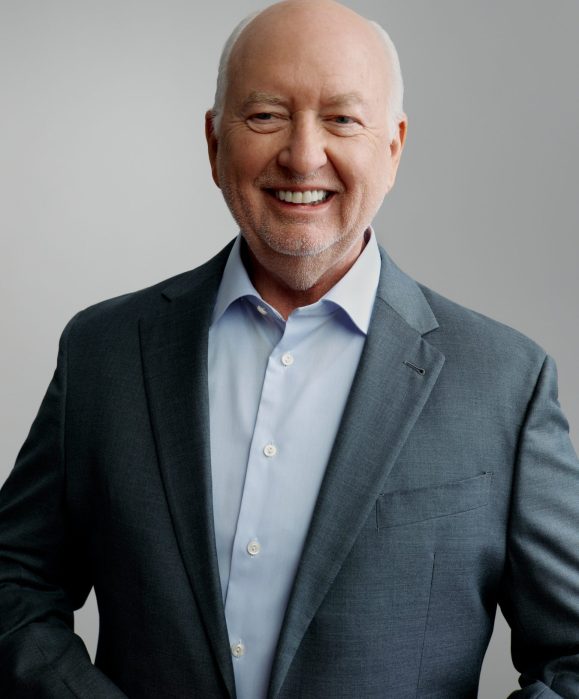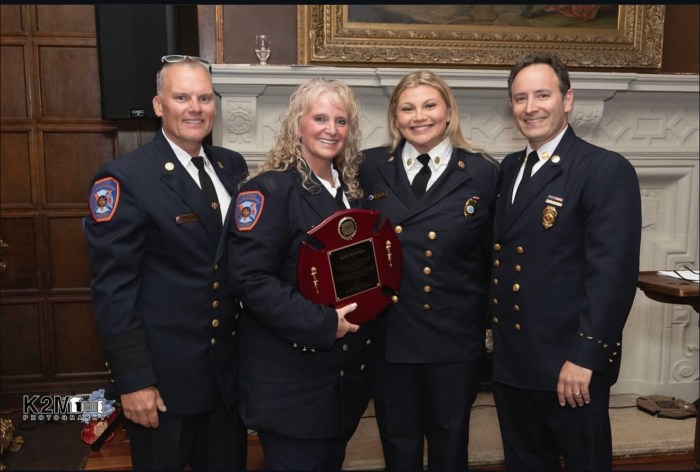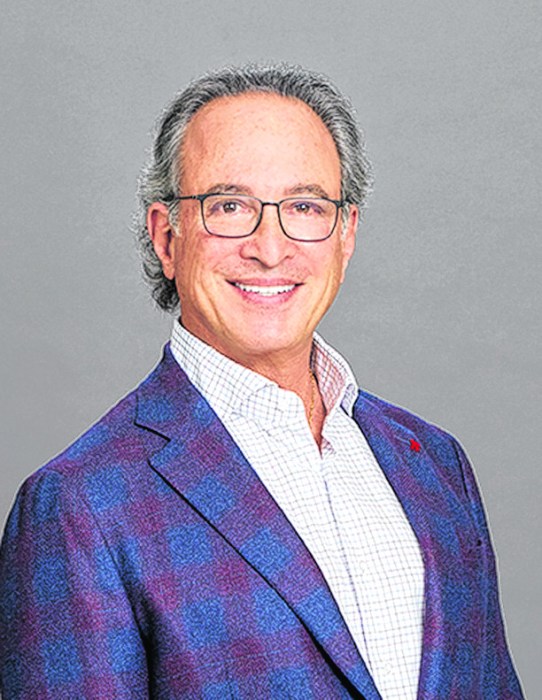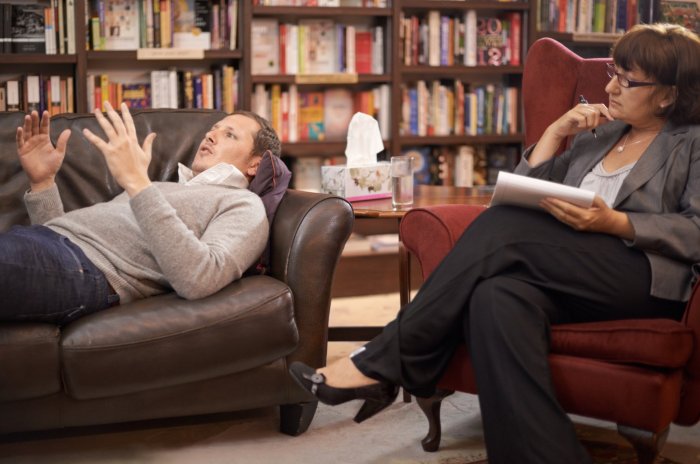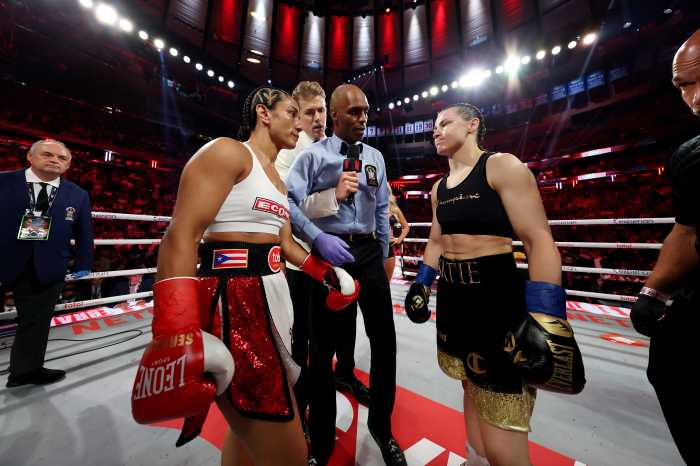When people think of the suburbs they don’t necessarily imagine a drug epidemic. But Nassau County police, first responders, nurses, doctors, social workers, educators, and, above all, children and families, are battling it out with a drug that turns neighbor into user, user into addict, and addict into criminal.
Nothing about this epidemic is normal, nothing about it is fair. Drugs don’t fight fair. So we have to fight smart.
Our multifaceted response – incorporating enforcement, awareness, education, diversion, and treatment – is equal parts grit and compassion.
Police Commissioner Patrick Ryder and his team are using real-time reporting to identify clusters of major felonies associated with drug addicts (such as breaking into cars to scrounge for money or stuff to sell), and overlaying that information with clusters of overdoses. When these clusters overlap, we know we have a problem, and law enforcement zeroes in.
This data-driven approach is producing results. Drug overdoses are down in Nassau, when we compare year-to-date statistics with last year.
As this goes to print, we have already targeted two communities. I joined Commissioner Ryder and District Attorney Madeline Singas to announce 78 drug-related arrests in East Meadow. Earlier, we announced 59 heroin and opioid-related arrests in Massapequa, including the arrest of four alleged dealers. By systematically identifying and concentrating on hotspots, we are better able to remove dealers from the streets and divert users to the help they desperately need.
We plan to roll out more operations in more communities in the coming weeks.
But we cannot arrest ourselves out of this crisis. Dealers should, and will, face serious penalties. Users and addicts, however, can get an opportunity to enter into treatment. This effort is being led by our DA and police commissioner, and I stand ready to support them in any way I can, including directing the new head of the county’s behavioral health department to pursue state and federal funding to increase treatment options.
Government cannot fight this alone. We are working closely with our nonprofits and drug-treatment providers. And we are actively seeking the public’s help. Along with expanding the police department’s social media presence to target a younger audience (checkout #MugShotMonday), we are holding town hall meetings in communities that have a higher incidence of overdoses. We bring in law enforcement, first responders, and treatment providers to talk about what the danger is, what to look out for, and how our communities can be part of the solution.
When we arm ourselves with the right information, hold dealers accountable, and help those suffering with addiction, we can win this fight.




